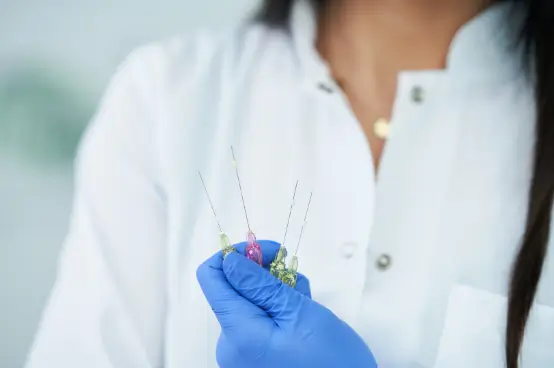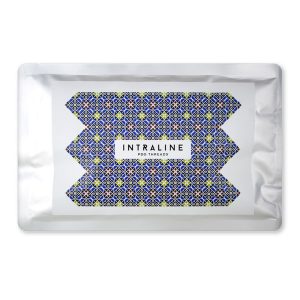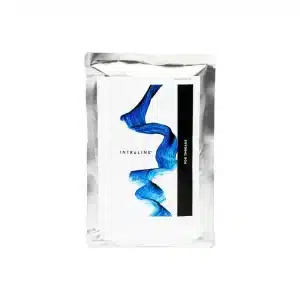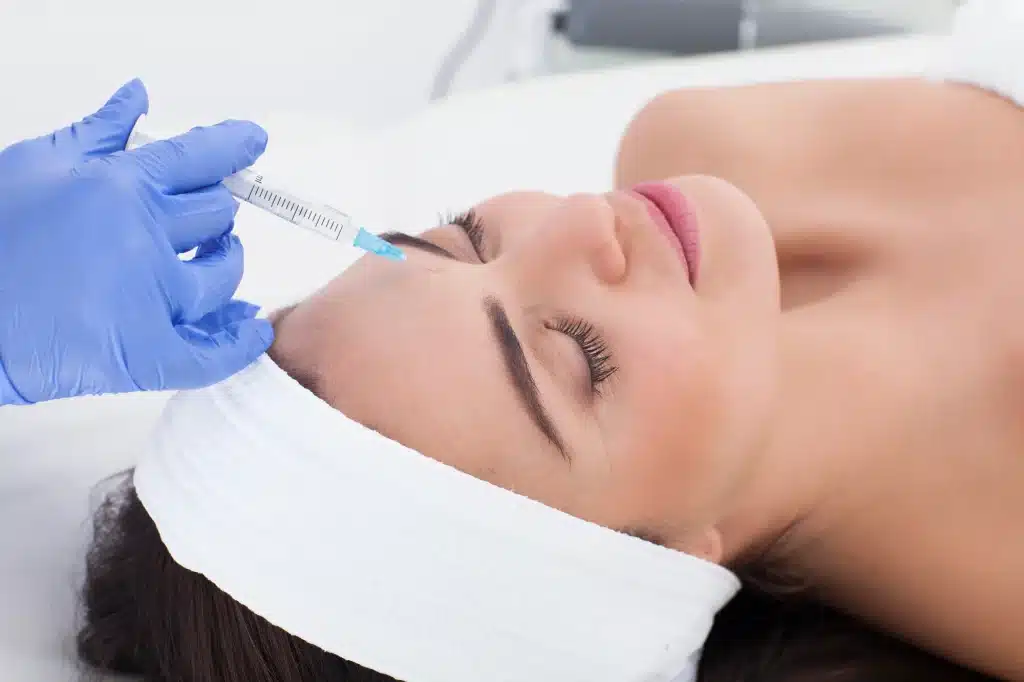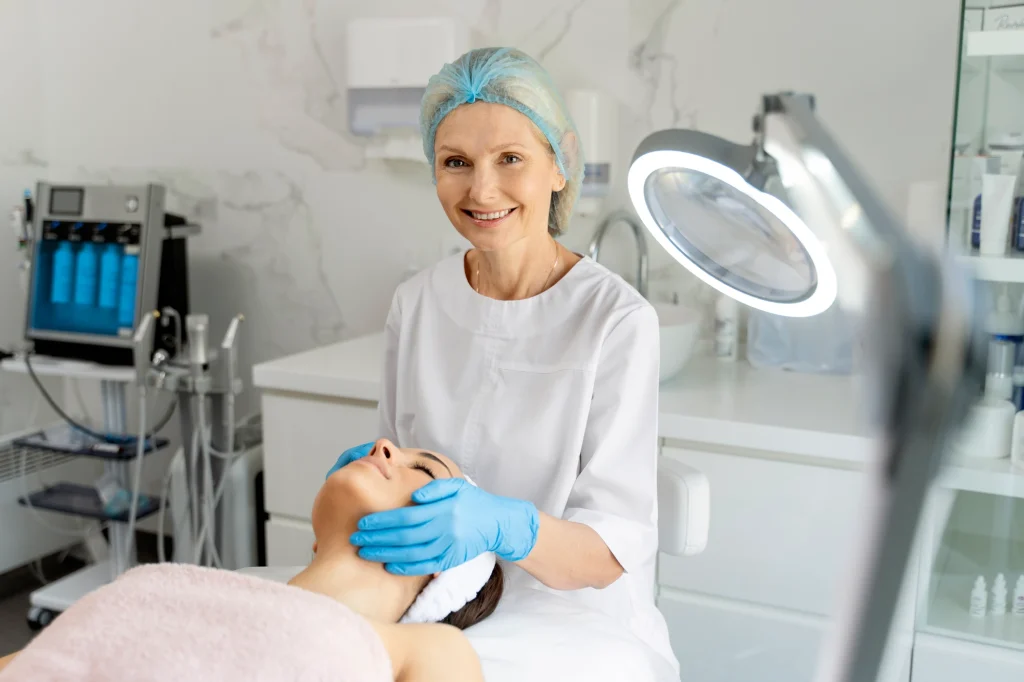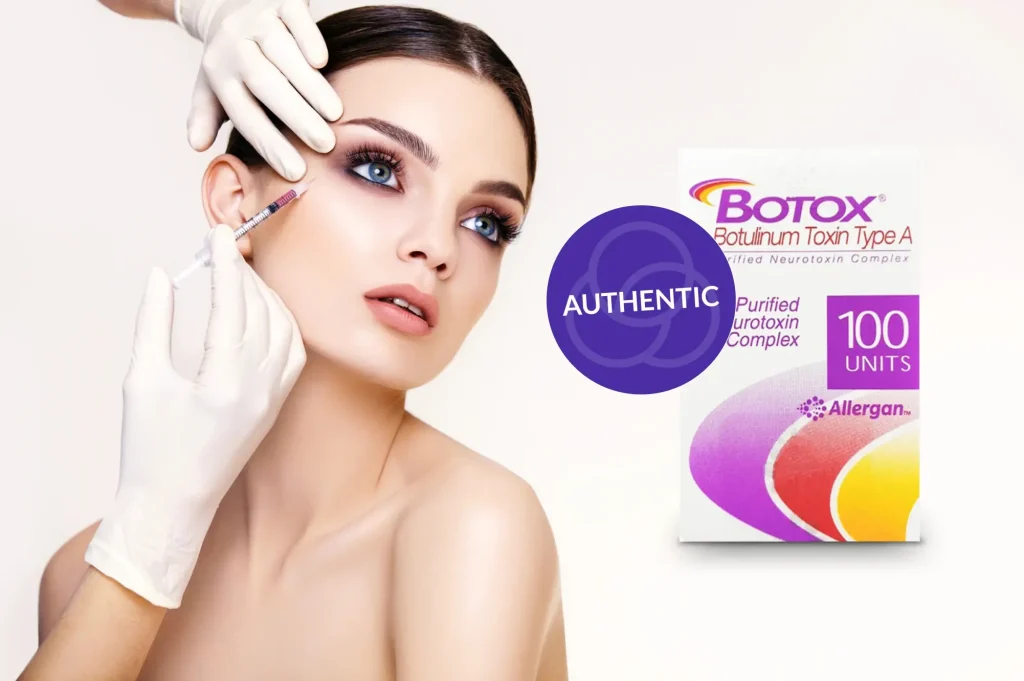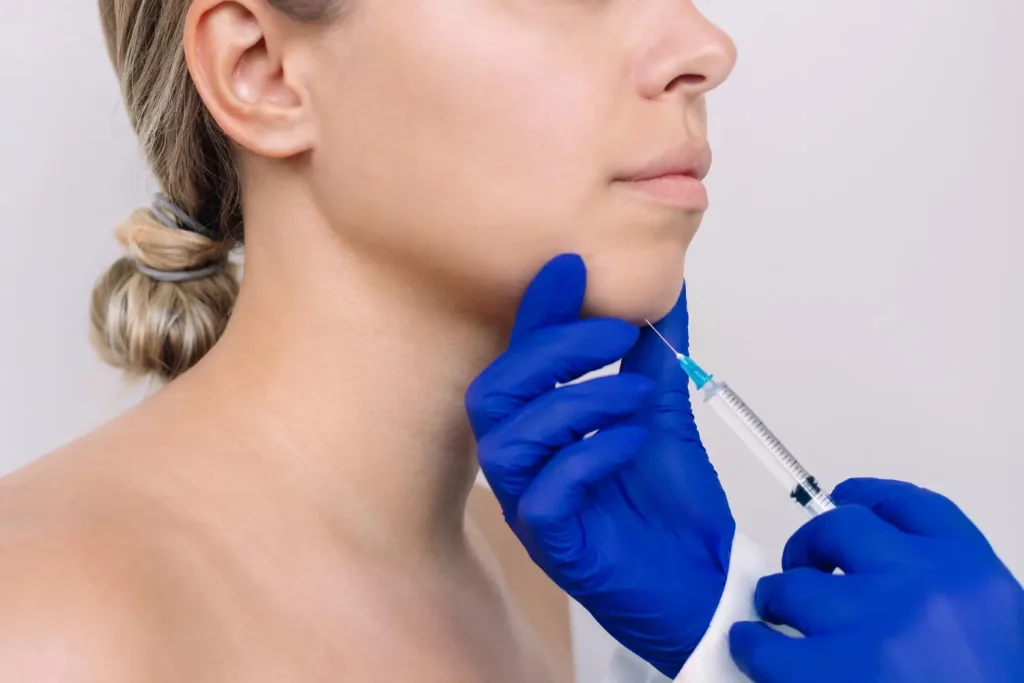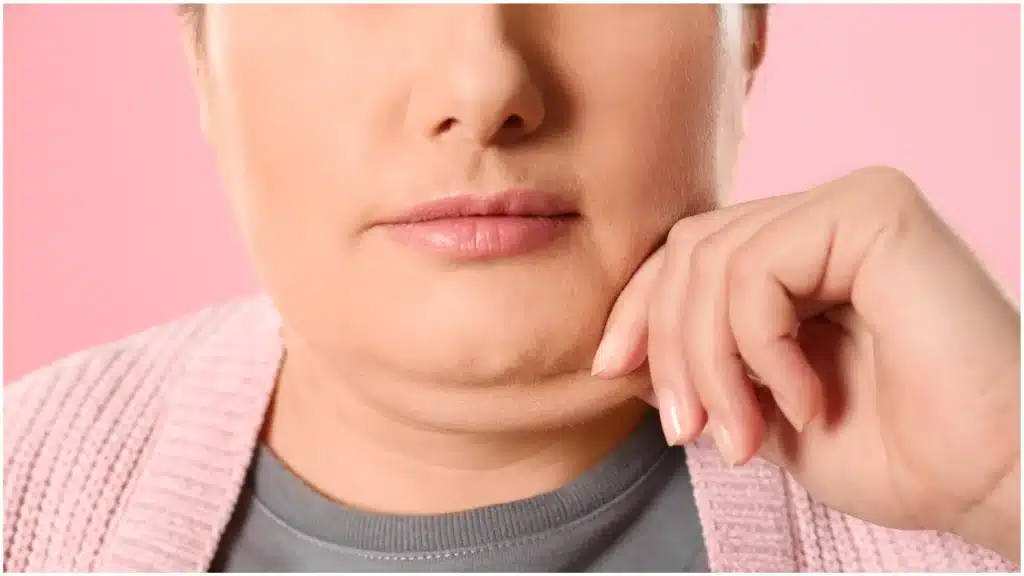The global aesthetic medicine market is experiencing rapid growth, projected to reach USD 91.12 billion by 2025 and USD 171.79 billion by 2030, with a CAGR of 13.52%. As demand for non-surgical cosmetic procedures rises, one treatment that has gained significant attention is PDO threads.
PDO (Polydioxanone) threads are dissolvable sutures that lift, tighten, and rejuvenate sagging skin. They offer an immediate lifting effect while stimulating collagen production, leading to long-lasting skin firmness and elasticity improvements. This minimally invasive procedure provides a non-surgical alternative to facelifts, making it a preferred choice among both patients and practitioners.
In this article, we’ll take an in-depth look at PDO threads, exploring their composition, how they work, key benefits, and potential risks to help you fully understand this innovative skin-rejuvenation treatment.
Key Takeaways
- PDO threads are absorbable sutures used in non-surgical cosmetic procedures to lift, tighten, and rejuvenate the skin.
- Made from polydioxanone (PDO), these threads stimulate collagen production, enhancing skin firmness and elasticity over time.
- There are three main types of PDO threads—barbed, smooth, and screw—each designed for specific aesthetic goals.
- PDO thread lifts can be performed on various areas, including the face, neck, and body, making them a versatile solution for skin rejuvenation.
- The procedure is minimally invasive with little downtime, but potential complications should be discussed with a qualified provider.
About: Medical Spa RX provides medical practices with premium products at the best prices. If you’re looking to order PDO Threads online for your practice, the sales representatives at Medical Spa RX can give you guidance.
Composition and Types of PDO Threads
PDO (Polydioxanone) is a biodegradable polymer in medical sutures and aesthetic procedures. It has been safely used in surgical applications for decades due to its ability to dissolve naturally in the body over several months. PDO is known for its biocompatibility, which reduces the risk of adverse reactions while promoting tissue regeneration.
Unlike permanent threads, PDO threads break down gradually, allowing the body to absorb them while stimulating collagen production in treated areas. PDO threads come in three primary forms:

- Barbed Threads: These have tiny hooks that anchor into the skin, lifting it and stimulating collagen production.
- Smooth Threads: Placed in a mesh-like pattern to promote collagen synthesis, improving skin texture and elasticity.
- Screw Threads: Coiled or twisted threads designed to add volume and improve skin firmness, particularly in areas with deeper wrinkles or hollowness.
Mechanism of Action of PDO Threads
PDO threads provide instant support by anchoring the skin and underlying tissues, creating an immediate lifting effect. Barbed threads are especially effective for lifting sagging skin, offering a non-surgical alternative to facelifts.
Beyond the initial lift, PDO threads stimulate fibroblasts, triggering collagen production that enhances skin firmness and elasticity over time. As the threads gradually dissolve, collagen remodeling continues for several months, resulting in smoother, tighter, and more youthful-looking skin long after absorption.
With minimal downtime and natural-looking results, PDO threads have become a popular choice for skin tightening and rejuvenation. They are an effective solution for those seeking a minimally invasive cosmetic enhancement.
Primary Indications for PDO Threads in Aesthetic Medicine
- Skin Tightening: PDO threads tighten loose or sagging skin in the lower face, jawline, and neck. By stimulating collagen, they improve firmness and elasticity.
- Wrinkle Reduction: Smooth PDO threads reduce fine lines and wrinkles by boosting collagen. Common treatment areas include the eyes, mouth, and forehead.
- Facial Contouring: PDO threads redefine facial features by lifting tissue and enhancing contours. They improve jawline definition, lift cheeks, and balance facial proportions.
Common Treatment Areas for PDO Threads
- Face: PDO threads lift the mid-face, enhance the jawline, tighten sagging skin, and reduce wrinkles. Common treatment areas include the cheeks, nasolabial folds, marionette lines, and under-eye region.
- Neck: PDO threads effectively tighten loose neck skin, often called “turkey neck.” They improve jawline definition and reduce horizontal neck creases for a smoother appearance.
- Body: PDO threads address skin laxity on the abdomen, arms, thighs, and buttocks. They also help improve the appearance of cellulite and stretch marks.
Comparison of PDO Threads to Other Absorbable Lifting Threads
Absorbable lifting threads have become a go-to solution for non-surgical facial rejuvenation, each offering distinct benefits. While PDO, PLLA, and PCL threads all stimulate collagen production, they differ in longevity, effects, and treatment suitability.
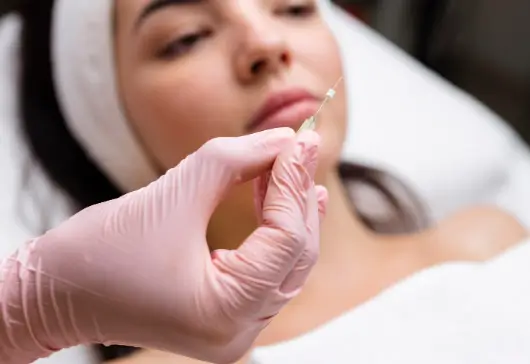
- PLLA Threads (Polylactic Acid): These threads provide longer-lasting results than PDO threads by gradually stimulating collagen production. Though they take longer to show visible improvements, they are ideal for patients seeking extended rejuvenation.
- PCL Threads (Polycaprolactone): Known for their superior longevity, PCL threads can last up to two years and offer robust collagen stimulation. However, they require precise placement by experienced practitioners for the best results.
Expected Results and Longevity of PDO Threads
PDO threads provide an immediate lifting effect, with full results developing gradually as collagen production increases over several months. The skin becomes firmer, smoother, and more youthful, with results typically lasting 12 to 18 months, depending on skin type, age, and lifestyle factors.
Patients commonly ask, “How long is PDO eyebrow lift recovery?” Most people experience minor swelling or bruising that subsides within a few days, allowing them to return to normal activities quickly. As the threads dissolve, collagen remodeling continues, maintaining skin improvements even after absorption.
Regular maintenance treatments can help prolong results for longer-lasting effects, making PDO threads a minimally invasive yet effective option for facial rejuvenation.
Patient Selection Criteria for PDO Thread Procedures
PDO thread treatments are best suited for individuals with mild to moderate skin laxity who want a non-surgical solution to lift and tighten their skin. Ideal candidates should have good skin quality, be in overall good health, and maintain realistic expectations about the procedure’s results.
However, for more effective results, those with excessive skin sagging may require alternative treatments, such as dermal fillers, energy-based therapies, or surgical options.
PDO threads are not recommended for individuals with active skin infections, autoimmune disorders, or bleeding disorders, as these conditions can increase risks and affect healing.
A thorough consultation with a qualified provider is essential to assess skin condition, medical history, and treatment goals and ensure that PDO threads are the right choice for patients.
Conclusion
PDO threads are a versatile, non-surgical solution for lifting and tightening the skin while stimulating natural collagen production. They effectively address facial contouring, wrinkle reduction, and skin rejuvenation, providing immediate and long-term improvements.
While PDO threads are generally safe, achieving the best results depends on proper patient selection and expert placement. With minimal downtime and natural-looking outcomes, they continue to be a popular choice in aesthetic medicine for those seeking a subtle yet effective rejuvenation option.
FAQs
1. What are PDO threads?
PDO (Polydioxanone) threads are absorbable sutures used in non-surgical cosmetic procedures to lift, tighten, and rejuvenate sagging skin. They also stimulate collagen production, improving skin firmness and elasticity over time.
2. How do PDO threads work?
PDO threads anchor the skin and underlying tissues, providing an immediate lifting effect. Over time, they stimulate fibroblasts, which triggers natural collagen production, resulting in smoother, firmer skin even after the threads dissolve.
3. What areas can be treated with PDO threads?
PDO threads can treat the face, neck, and body to address sagging skin, wrinkles, and volume loss. Common treatment areas include the cheeks, jawline, nasolabial folds, under-eye area, and neck.
4. How long do results from PDO thread lift last?
PDO thread results typically last 12 to 18 months, depending on factors like skin type, age, lifestyle, and aftercare. Regular maintenance treatments can help extend the results.
5. What is the recovery time for a PDO thread lift?
Most patients recover within a few days to a week, with mild swelling, bruising, or tenderness being common side effects. These effects usually subside within days, allowing patients to resume normal activities quickly.
References
Ali YH. Two years’ outcome of thread lifting with absorbable barbed PDO threads: Innovative score for objective and subjective assessment. Journal of Cosmetic and Laser Therapy. 2017;20(1):41-49. doi:10.1080/14764172.2017.1368562
Non-invasive Aesthetic Treatment Market Size | Industry Report, 2026. www.grandviewresearch.com. https://www.grandviewresearch.com/industry-analysis/non-invasive-aesthetic-treatment-market
Karimi K, Reivitis A. Lifting the Lower Face With an Absorbable Polydioxanone (PDO) Thread. J Drugs Dermatol. 2017;16(9):932-934.
